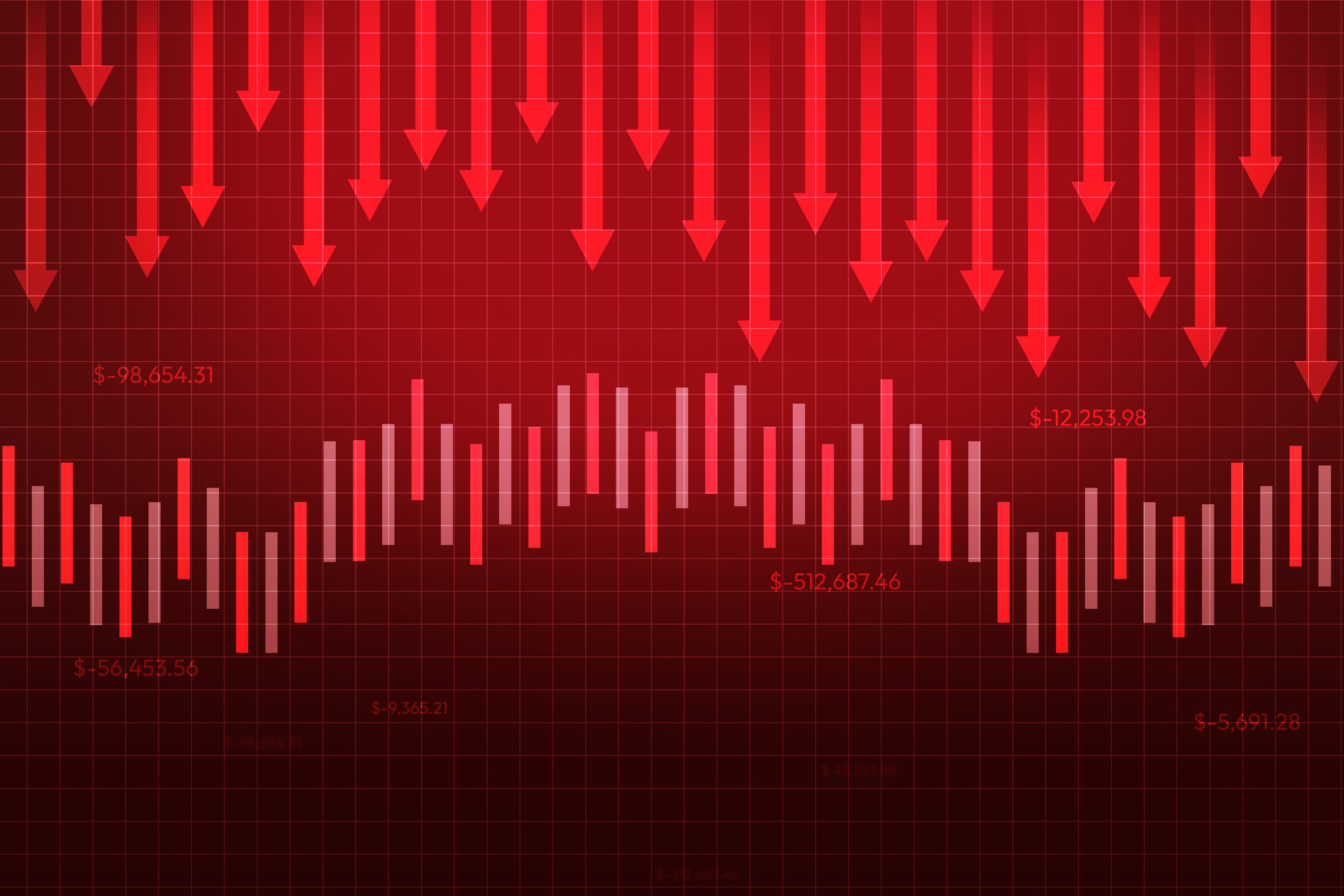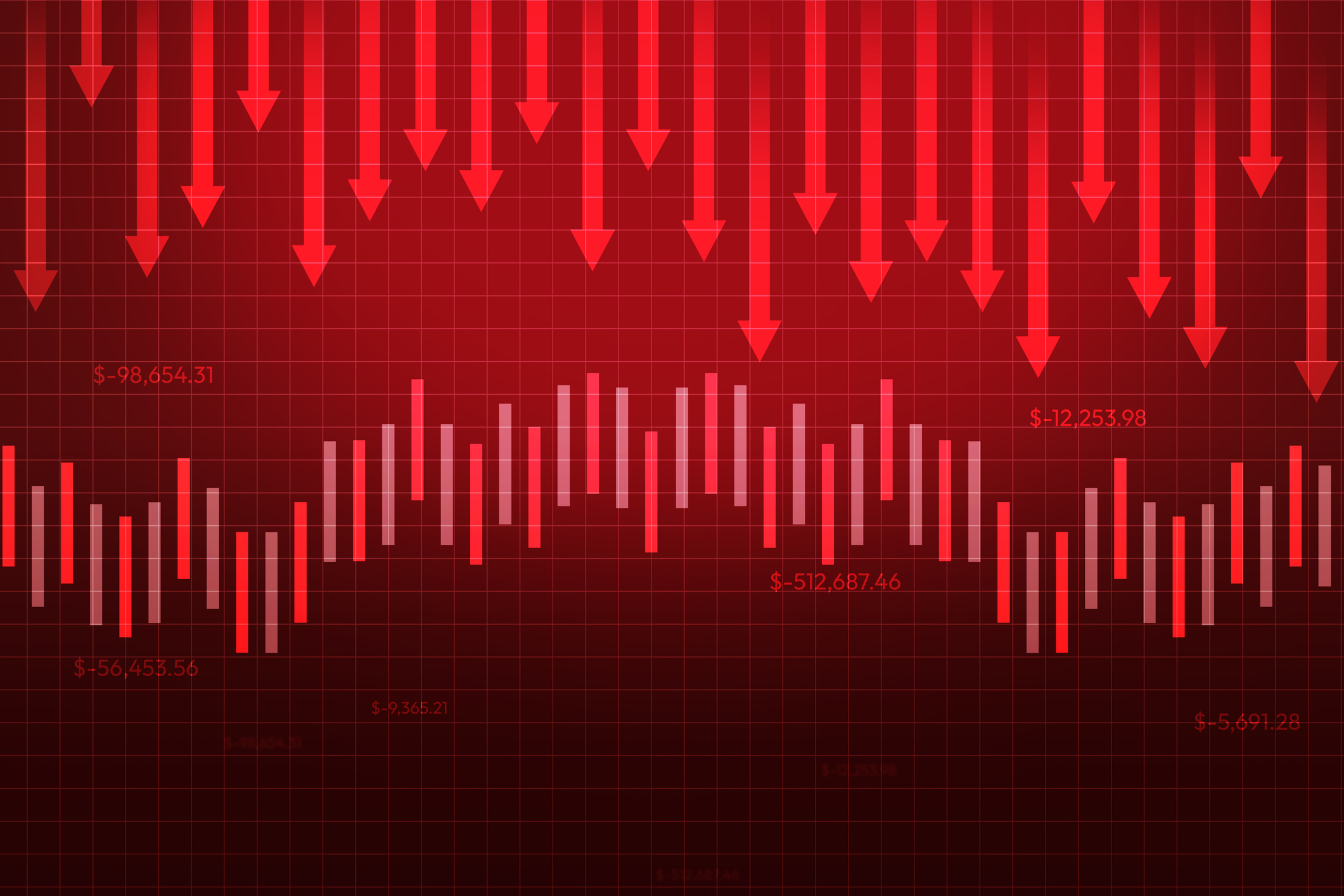Chevron, Stone Energy Are Oil Stocks Worth Keeping
One of these days, inflation will tick up—and that's when having these commodity holdings will protect my investments.

Unless you’ve spent the past six months in an ashram, you know that one of today’s biggest investing stories is the collapse of oil prices. After trading between roughly $80 and $100 per barrel from 2011 through mid 2014, the price of a barrel of oil cratered to nearly $45. Most energy stocks have followed oil down, as analysts reduce earnings projections for producers, contractors and the wide array of companies that make their living getting “black gold” to market.
The sell-off has slammed the two energy stocks in my Practical Investing portfolio. Chevron (symbol CVX, $108), an integrated energy giant, has sunk 20% from its 52-week high, while Stone Energy (SGY, $15), a pure producer, has plunged a whopping 70% (prices are as of January 9). The shellacking suggests that Wall Street believes the oil market is likely to remain glutted for years, which would be an argument for dumping the stocks. But I’m not.
That’s because much of the action in oil prices strikes me as a classic selling panic. No one expected oil to dip to $60 a barrel, much less $45, and the political and economic alchemy among foreign producers in Saudi Arabia, Russia and Venezuela is so complex that it’s nearly impossible to figure out where the bottom might be. That fuels fears and whipsaws stock prices.
From just $107.88 $24.99 for Kiplinger Personal Finance
Become a smarter, better informed investor. Subscribe from just $107.88 $24.99, plus get up to 4 Special Issues

Sign up for Kiplinger’s Free Newsletters
Profit and prosper with the best of expert advice on investing, taxes, retirement, personal finance and more - straight to your e-mail.
Profit and prosper with the best of expert advice - straight to your e-mail.
Share prices are reacting to practical considerations, too. The more crude prices drop and the longer they stay depressed, the harder it will be for producers to make money and pay dividends. That could make 2015—and maybe 2016—really rotten years. And though the companies I own are well run and have great potential, they’re likely to suffer along with the rest of the industry.
But my time horizon is long, better measured in decades than years. So although my stocks may suffer for a while, I need to remind myself why I bought them. Chevron and Stone are part of the commodity holdings in my portfolio, which should protect my investments from inflation. Inflation is not a problem today, but I think it may eventually become one (though my crystal ball is hazy about when). When it finally does, I expect the oil stocks to help preserve my buying power.
Younger readers may not be familiar with the dangers of inflation because prices have been increasing just 2% to 3% a year for most of the past two decades. But history tells us that inflation can wallop stocks and bonds. When consumer prices soared in 1946, for example, both stocks and long-term bonds suffered huge losses. Returns remained depressed until inflation receded in 1949. Similarly, stocks and bonds went through several rough stretches from 1969 through 1981 as inflation gathered steam. Significantly, in most of those inflationary periods, the price of a barrel of oil rose far faster than the rate of inflation.
Limited supply. Global oil politics can create pricing anomalies, but I expect oil to perform better than most commodities during inflationary periods for two reasons. First, although innovative drilling techniques (think fracking) have enabled producers to extract more oil and natural gas from previously inhospitable terrain, the amount of fossil fuels inside the earth is finite. At some point, I expect oil’s scarcity to drive its price higher.
And second, you need oil to run your car and grease the wheels of industry. Oil is also a component in a vast array of manufactured products, from roofing shingles to clothing, lipstick, plastics and chemicals. Thus, when the global economy is growing robustly (the U.S. is doing its part, the rest of the world not so much), demand for those products increases, and so does demand for oil. I have no idea when the whole planet will be firing on all cylinders, but I’d like to think my portfolio is ready for when it does.
Profit and prosper with the best of Kiplinger's advice on investing, taxes, retirement, personal finance and much more. Delivered daily. Enter your email in the box and click Sign Me Up.

-
 I'm want to give my 3 grandkids $5K each for Christmas.
I'm want to give my 3 grandkids $5K each for Christmas.You're comfortably retired and want to give your grandkids a big Christmas check, but their parents are worried they might spend it all. We ask the pros for help.
-
 If You're Not Doing Roth Conversions, You Need to Read This
If You're Not Doing Roth Conversions, You Need to Read ThisRoth conversions and other Roth strategies can be complex, but don't dismiss these tax planning tools outright. They could really work for you and your heirs.
-
 Could Traditional Retirement Expectations Be Killing Us?
Could Traditional Retirement Expectations Be Killing Us?A retirement psychologist makes the case: A fulfilling retirement begins with a blueprint for living, rather than simply the accumulation of a large nest egg.
-
 Risk Is Off Again, Dow Falls 397 Points: Stock Market Today
Risk Is Off Again, Dow Falls 397 Points: Stock Market TodayMarket participants are weighing still-solid earnings against both expectations and an increasingly opaque economic picture.
-
 Honeywell Leads Dow Higher: Stock Market Today
Honeywell Leads Dow Higher: Stock Market TodayOil prices got a lift after the Treasury Department announced new sanctions on Russia's two largest oil companies.
-
 Investors Take Stock of Shutdown Talk: Stock Market Today
Investors Take Stock of Shutdown Talk: Stock Market TodayWhether we'll have a Jobs Friday this week depends on if we have a government shutdown in Washington.
-
 How to Invest for Rising Data Integrity Risk
How to Invest for Rising Data Integrity RiskAmid a broad assault on venerable institutions, President Trump has targeted agencies responsible for data critical to markets. How should investors respond?
-
 The Most Tax-Friendly States for Investing in 2025 (Hint: There Are Two)
The Most Tax-Friendly States for Investing in 2025 (Hint: There Are Two)State Taxes Living in one of these places could lower your 2025 investment taxes — especially if you invest in real estate.
-
 The Final Countdown for Retirees with Investment Income
The Final Countdown for Retirees with Investment IncomeRetirement Tax Don’t assume Social Security withholding is enough. Some retirement income may require a quarterly estimated tax payment by the September 15 deadline.
-
 What Tariffs Mean for Your Sector Exposure
What Tariffs Mean for Your Sector ExposureNew, higher and changing tariffs will ripple through the economy and into share prices for many quarters to come.
-
 Dow Dives 542 Points on Soft Jobs Data: Stock Market Today
Dow Dives 542 Points on Soft Jobs Data: Stock Market TodayThe last day of a busy week ends with the first greater-than-1% move in either direction in more than a month.